What Lurks Inside Interactive Video
Today's gothic miracle
It’s becoming so routine to get up in the morning and be blown away by advances in AI tools that I haven’t posted about any of them for a while.
But that changes today with Odyssey, a London-based lab that is developing interactive video. This is video that you can watch and interact with, that is being created in real time by AI. Odyssey is betting that all the video out there right now will be replaced by interactive video in the future. So you can imagine entering the worlds of drivers ed training, classics like the Grape Lady falling, the Double Rainbow guy, and one of my all time favourites, the sloth being carried across the road to the tune of “I Believe I Can Fly”.
Here is the unbelievably cool research demo, made even cooler because the aesthetic of some worlds is reminiscent of mid-20th Century gothic Italian horror cinema.
Footnote - definitely check out They Have Changed Their Face (1971) especially if you are interested in the idea of “gastronomic socialism” and if you want to be reminded of this scene where the protagonist is chased by a team of driverless FIAT Cinquecentos whenever you see a Waymo.
I’m stepping out as a big time Odyssey believer - this is game changing and could definitely signal a totally new medium.
Maybe it’s just my gothic mood but it puts me in mind of Loeb, a super creepy emergent character discovered (created? summoned?) by Steph Maj Swanson, a.k.a. Supercomposite, who found that in certain models, Loeb would suddenly appear (and completely freak everyone out.) What latent creatures might emerge from interactive video?
Loeb (I’m making the image small because I am terrified of looking more closely)
The impacts of this could be huge. If real-time, navigable environments like Odyssey become commonplace, 2D images may start to feel less like the definitive form of visual media and more like a still or postcard from larger, explorable worlds.
If fully adopted, over time the expectations of an audience could shift toward depth, interactivity, and agency, much as film once reframed still photography.
Of course 2D won’t go away (and might gain new prestige as a deliberate artistic choice, kind of like black and white photography after colour) but you can see how the line between flat and explorable could blur, with images being like windows or portals. This could alter how we remember events, with immersive records replacing flat snapshots in forensics, journalism, and history, and certainly appearing in art practices.
Maybe this is why Odyssey has this loop from Star Trek on their site.
I’d love to see what someone like Shoji Yamasaki, whose series Littered Mvmnts (2020–ongoing) features him studying and then enacting the movement of bits of garbage on Los Angeles streetscape, would do with this (or would it just seem like going to a performance art event?) or how something like Floam World would translate.
Shoji Yamasaki
Floam World, by Leilani Todd
Incredibly, all of this is in addition to the other giant announcement this week, that with Genie 3 you can turn any video into a playable world.


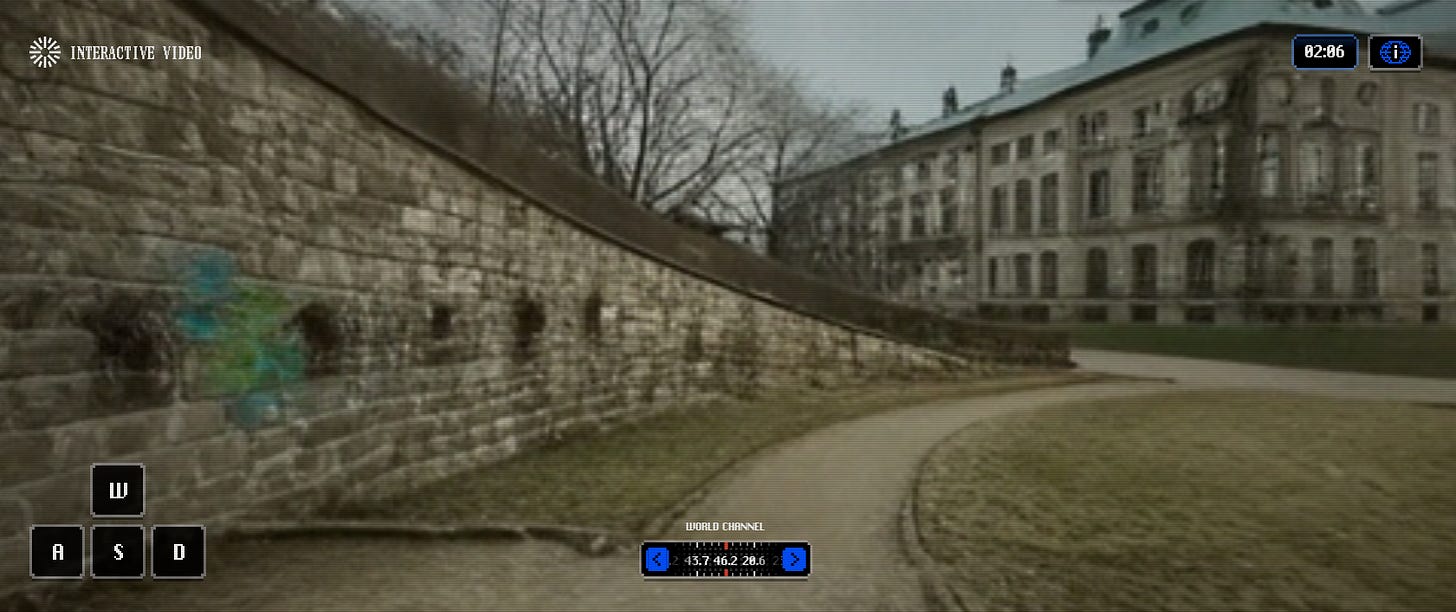
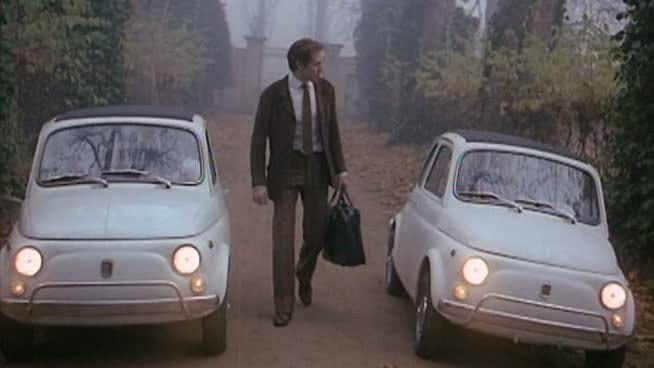
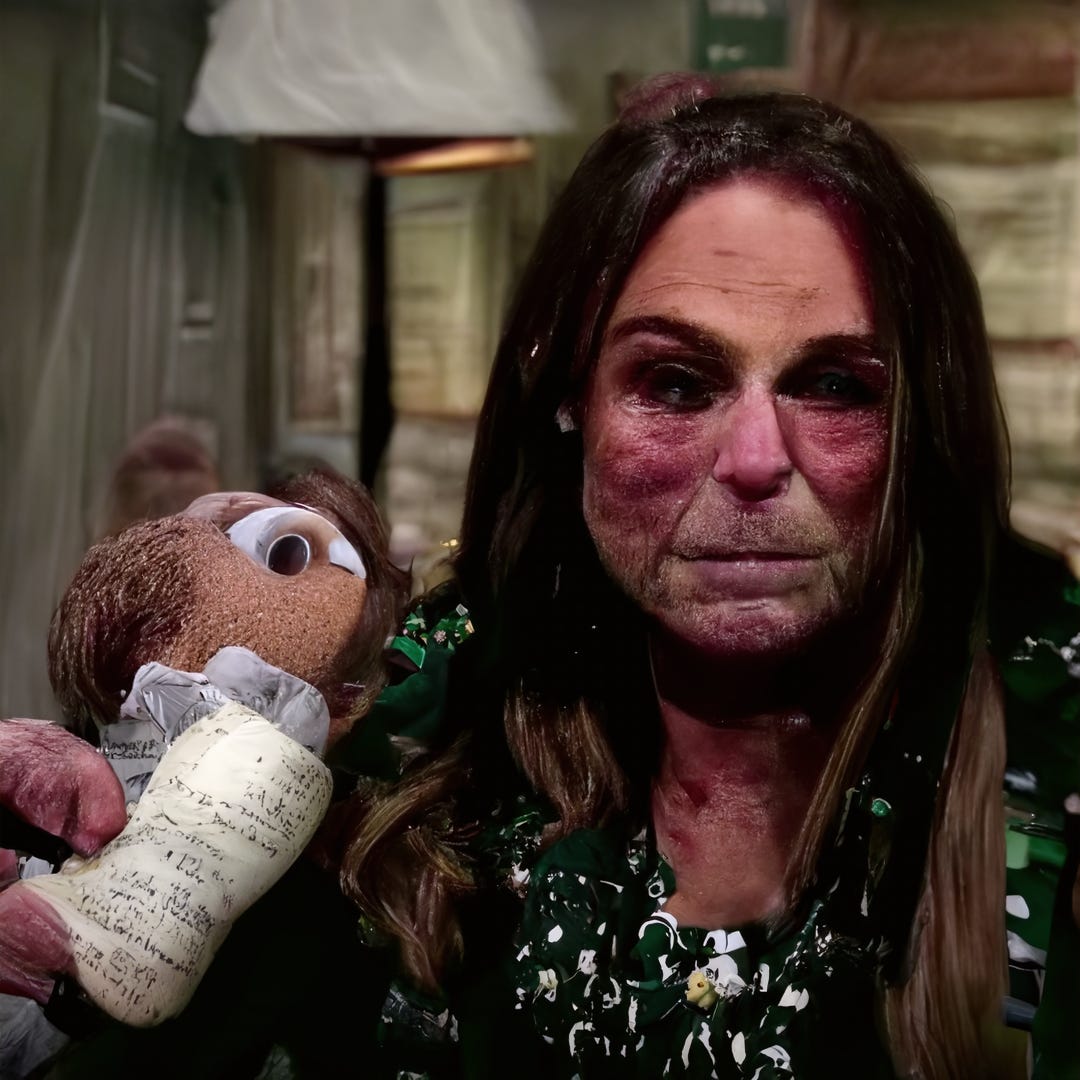
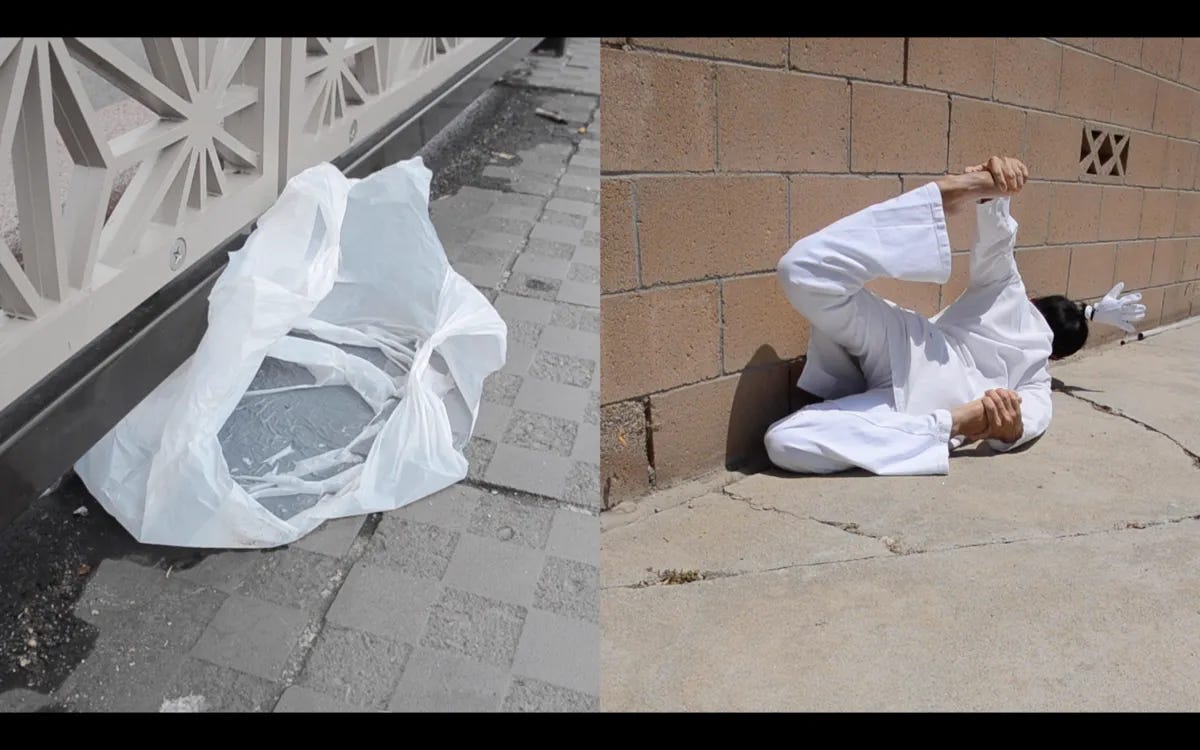
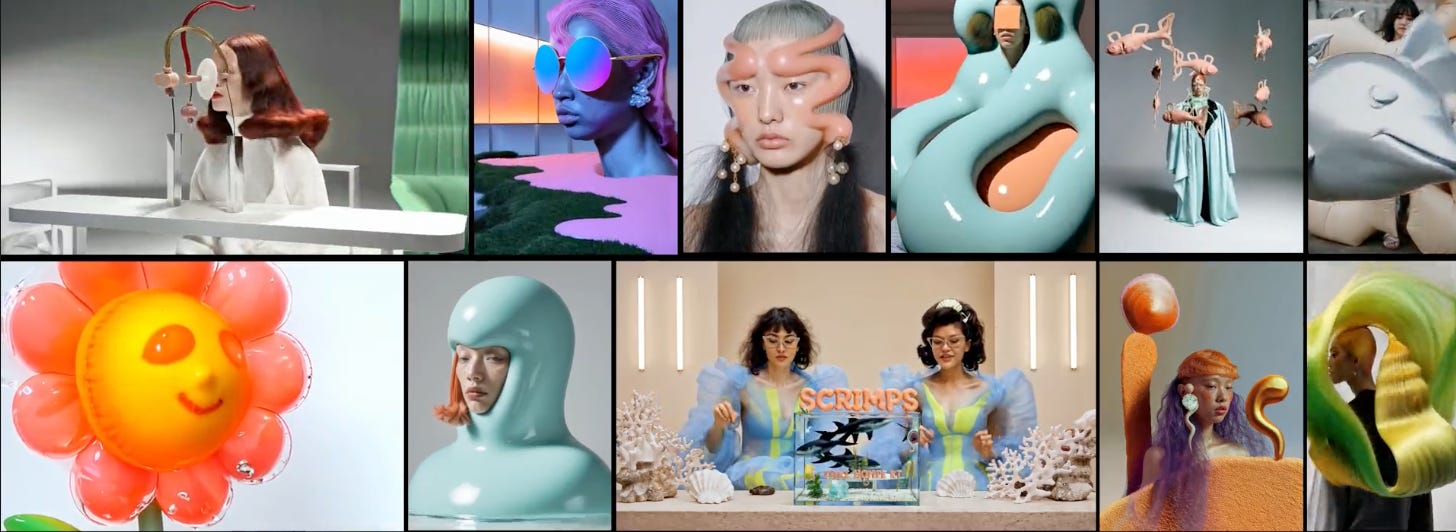
Wow this is wild
When I was a little kid in elementary school, ( in the 60s) I would sometimes lose myself in a big painting at the front of the classroom. It was a beautiful landscape with trees , flowers and little pathways. I imagined myself entering the painting and lying down under one of the big trees. With this new AI development, I could actually do it. Cool!